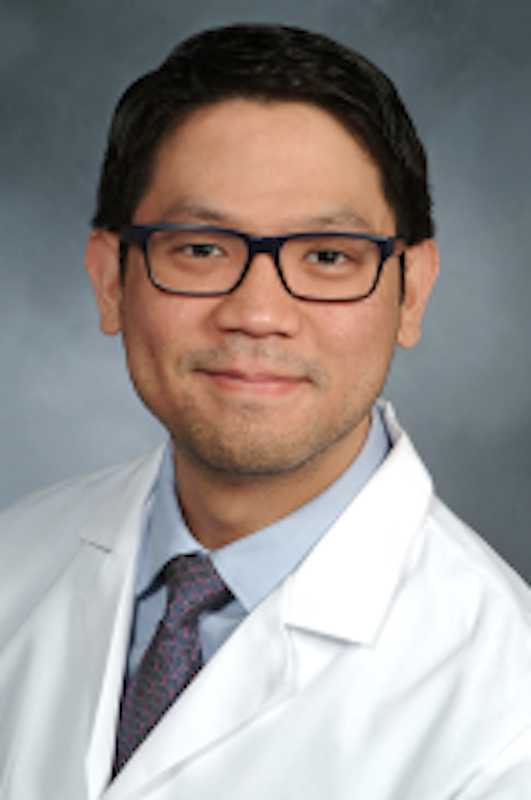
Transcriptomic Signatures and Replication Dynamics of Mycobacterium tuberculosis (Mtb) Subpopulations Exposed to Antibiotics
In TB disease, the shortest duration of currently available standard therapies is 4-6 months, and even with this duration of therapy there remains a 5% risk of relapse. For the bacillus, causing relapse requires survival upon exposure to antibiotics, followed by replication to a degree that causes disease. Understanding how one bacillus may be able to survive and replicate while another cannot, despite being genetically identical, can reveal bacterial vulnerabilities and lead to new therapies. Mtb is well known to enter diverse phenotypic states that impact drug susceptibility, growth rate and cultivability requirements. However, the dynamic changes among these heterogeneous phenotypes within a bulk population after exposure to stress has not been fully characterized, in part due to the technical challenges in studying distinct subpopulations within a bulk culture. This proposal overcomes barriers to observing the transcriptional signatures of subpopulations over time by applying a method of single-cell RNA-sequencing (sc-RNAseq) to mycobacteria that has been under development in my lab with the support of, and in collaboration with, the Kyu Rhee and Carl Nathan labs. The technology can interrogate the individual transcriptomes of 10,000 Mtb simultaneously without the need for single cell isolation, allowing for unbiased discovery and characterization of minority phenotypes present in a bulk culture. To our knowledge, this approach has not been attempted in mycobacteria.
To monitor transcripts that are associated with antibiotic survival and replication dynamics, we will apply the sc- RNAseq method to Mtb containing a plasmid that serves as a marker of replication. The plasmid, which encodes a kanamycin resistance marker, is unstable and steadily lost as the bacilli divide—therefore plasmid loss is proportional to growth rate. We will expose Mtb with this replication clock to growth restrictive concentrations of the first-line TB drugs rifampin and isoniazid, and then wash out the drug and place the survivors in either fresh liquid or solid media with and without kanamycin. Samples will be processed for sc- RNAseq before, during, and after antibiotic exposure. The study will define which transcriptomes are enriched upon antibiotic exposure as well as the complexity and composition of the population structure as compared with non-antibiotic exposed cells. It will then examine the resultant heterogeneity in growth dynamics of antibiotic-surviving subpopulations by analyzing transcripts that correlate with retention or loss of the replication clock plasmid over time. We will also track whether transcriptomic signatures enriched among survivor groups persist over generations, as semi-heritable drug resistance has been described in Mtb.
